
Introduction to Google Crawl Budget: Understanding the Unsung Hero of SEO
In the vast and intricate world of search engine optimization (SEO), there exists a foundational concept that often escapes the immediate attention of business owners and marketers: the Google crawl budget. This term, while technical sounding, is incredibly vital to the health and visibility of your website on Google’s search engine results pages (SERPs). Today, as a seasoned SEO consultant who has guided numerous businesses across Canada from obscurity to page one rankings, I aim to demystify this concept for you. Through a blend of personal success stories, lessons learned from failures, and actionable strategies, you'll gain an authoritative understanding of what the Google crawl budget is and how to optimize it effectively.
What is Google Crawl Budget?
At its core, the Google crawl budget is the number of pages Googlebot — the search engine's web crawler — will crawl and index on your website during a given period. While this might sound straightforward, the factors influencing the crawl budget and its proper utilization are multi-layered and require an understanding of both Google's infrastructure and your website's technical makeup.
Google's crawler works tirelessly to discover, understand, and index your website's content. However, it does not crawl every page indiscriminately. Instead, it allocates a specific crawl budget to each site based on several criteria, including the website's size, popularity, server capacity, and the frequency with which the content updates.
Why Crawl Budget Matters?
Imagine you run a growing eCommerce platform in Toronto. You continuously add product pages, update blog content, and improve your website features. If Googlebot fails to crawl your newly added or updated pages in time, these pages won't appear in search results promptly, limiting your organic traffic and ultimately, sales. Optimizing your crawl budget ensures Googlebot efficiently discovers the pages that matter most to your business.
The Anatomy of Crawl Budget: Crawl Rate Limit and Crawl Demand
Google experts describe crawl budget as a combination of two key components: crawl rate limit and crawl demand.
- Crawl Rate Limit: This refers to the maximum number of simultaneous connections Googlebot can use to crawl your site without overwhelming the server. For instance, if your server struggles with high traffic, Google will reduce the crawl rate to prevent downtime.
- Crawl Demand: This is the priority Google assigns to crawling your pages, based primarily on your pages’ popularity and how fresh the content is.
For business owners, particularly in regions like Canada where competition spans both local and global markets, balancing these two is crucial to SEO success.
A Personal Journey: Moving a Canadian B2B Website from Page 5 to Page 1
Allow me to share a landmark experience from my career. One of my clients, a mid-sized Canadian B2B software firm based in Vancouver, was languishing on page 5 of Google for their key service keywords. Their website was comprehensive, but Google was not prioritizing crawling their newly added pages and service descriptions. Their challenge was classic: despite investing CAD 20,000 in content creation and user interface enhancements, their rankings remained stagnant.
My first step was a deep technical audit focusing on their crawl budget issues. Here's what I discovered:
- The website had thousands of thin content pages generated by user filters, leading to duplicate and low-value content.
- The server response was inconsistent, occasionally timing out under the load, triggering Google's crawl rate to reduce.
- The sitemap XML was outdated, failing to include many new service and blog pages.
Addressing these issues became our SEO roadmap:
- Implementing Crawl Budget Optimization: We blocked non-essential URLs (filters and session IDs) via robots.txt and noindex tags.
- Upgrading Server Infrastructure: We migrated to a more robust hosting plan that could sustain higher crawl rates without response time delays.
- Sitemap Updates and Internal Linking: We automated sitemap generation to include all relevant pages and improved internal linking to guide Googlebot efficiently.
- Monitoring with Google Search Console: We used the Crawl Stats report to monitor crawl frequency and Googlebot behavior continuously.
The result? Within six months, the website climbed from page 5 to page 1 for several targeted keywords, leading to a 35% increase in organic traffic and an identifiable uptick in lead inquiries.
Why Crawl Budget Optimization Can Sometimes Fail: Lessons from a Costly Misstep
Having shared a success, it's equally important to examine failure — the best teacher in SEO. Early in my career, I advised a Toronto-based news portal to aggressively increase crawl budget by creating numerous feeds and dynamically generated pages to capture every niche news topic. We believed more pages meant more visibility.
Unfortunately, the volume of low-value and thin content severely diluted the site's authority. Google responded by crawling fewer pages and eventually de-indexing many. The result was a drop in rankings and a humbling loss of trust from the client. The financial impact was significant, with wasted budget on content creation running upward of CAD 30,000.
This experience taught me that increasing crawl budget indiscriminately without focusing on quality and server health backfires. SEO is about efficiency as much as volume.
Key Strategies to Optimize Your Google Crawl Budget
Drawing from my experience, here is a detailed framework for business owners and marketers to optimize their crawl budgets effectively.
1. Prioritize High-Quality Content
Google prioritizes crawling on valuable and fresh content. Ensure your website boasts unique, engaging, and updated content targeted toward your audience. Avoid thin or duplicate content, as it wastes crawl budget.
2. Clean Up Your URL Structure
Remove or noindex low-value URLs such as login pages, session IDs, and filtered product lists. Use robots.txt to block unnecessary resources like admin pages and staging environments.
3. Improve Server Performance
A fast and reliable server will encourage Google to crawl your site more aggressively. Consider upgrading hosting plans or using Content Delivery Networks (CDNs) to enhance load times.
4. Update and Submit XML Sitemaps Regularly
Ensure your sitemaps reflect the current state of your website. This helps Googlebot discover important pages faster.
5. Use Internal Linking Strategically
Guide Googlebot to your high-priority pages by building a logical and hierarchical internal linking structure.
6. Monitor Crawl Stats in Google Search Console
Regularly review the crawl stats report to understand how Googlebot interacts with your site and identify any crawling issues.
Understanding Crawl Budget Parameters: A Comparative Table
| Parameter | Description | Impact on Crawl Budget | Recommended Actions |
|---|---|---|---|
| Crawl Rate Limit | Max simultaneous connections Googlebot uses | Prevents server overload; affects crawl speed | Upgrade server capacity; avoid server errors |
| Crawl Demand | Priority level for crawling pages | More popular and updated pages get crawled first | Publish fresh, valuable content regularly |
| Robots.txt Rules | Instructions for crawler access | Blocks unnecessary content from crawling | Block low-value and private pages |
| Sitemap XML | Guide to important URLs | Helps Google find and index pages faster | Regularly update and submit sitemaps |
| Server Performance | Speed and uptime of hosting | Affects crawl budget allocation | Use robust hosting/CDN; monitor server health |
Additional Tips Tailored for Canadian Businesses
Canada's vast geography and competitive market necessitate mindful SEO strategies. Particularly if your target audience is Canadian, optimizing crawl budget involves incorporating local elements:
- Use Geo-Targeting: Implement hreflang tags and local schema markup to clarify your Canadian target audience to Google.
- Leverage Canadian Web Hosts: Hosting servers located in Canada can reduce latency and improve crawl rates.
- Optimize for Canadian Search Terms: Tailor content with Canadian English spellings and regional keywords.
- Manage Resources Wisely: For SMEs with limited budgets, balancing CAD expenses for content, hosting, and SEO tools is essential.
The Continuous Journey: Monitoring and Tweaking
SEO and crawl budget optimization is not a set-it-and-forget-it task. Regular audits, especially after major website overhauls or content expansions, are necessary to keep your website healthy in Google's eyes. Tools like Google Search Console, Screaming Frog, and server analytics should become part of your ongoing SEO toolkit.
In summary, mastering your Google crawl budget is a sophisticated yet rewarding endeavor. It combines technical discipline, strategic content planning, and server management—all aimed at enhancing your website’s visibility to your target audience.
In-Depth Technical Insights: How Googlebot Interacts with Your Website
To truly master the crawl budget, it’s essential to grasp how Googlebot operates at a granular level. Googlebot acts as Google’s robotic scout, systematically navigating through the web, uncovering new and updated pages to store in its massive index.
Googlebot fetches a page by sending an HTTP request to your server, reads its content, follows links, and crawls those subsequent URLs. The speed and volume of crawling depend heavily on your server’s responsiveness and the website’s architecture.
A slow server response leads to increased latency, which reduces the crawl rate. Similarly, the presence of infinite loops of URLs (common in faceted navigations or session IDs) can mislead Googlebot into endless crawling, consuming crawl budget inefficiently.
Profiling Crawl Budget Consumption: Practical Audit Steps
When I first started optimizing crawl budgets, I developed a comprehensive audit framework. Here are the essential steps you should implement to understand where your crawl budget is spent:
- Analyze Crawl Stats Report: Access Google Search Console's Crawl Stats report to detect crawl frequency trends and identify crawl anomalies such as spikes or abrupt drops.
- Crawl Your Website: Use tools like Screaming Frog or Sitebulb to crawl your URLs and identify duplicate content, thin pages, and redirect chains that could harm crawl efficiency.
- Review Robots.txt and Meta Robots Tag: Ensure these restrict crawling of low-value pages without blocking important resources like CSS or JS files that affect rendering.
- Assess Server Logs: Server log files provide raw data on how Googlebot crawls your site, including frequency, response codes, and crawl depth.
- Map Internal Linking: Evaluate your site’s link structure to verify that important pages have strong internal link equity and are easily discoverable.
Practical Example: Handling URL Parameters and Faceted Navigation
Consider a Canadian online retailer based in Calgary that struggled with crawl budget waste due to faceted navigation. Their product filtering system created thousands of URLs with redundant content, diluting crawl resources.
The solution involved:
- Implementing URL parameter handling via Google Search Console to specify which parameters Google should ignore.
- Applying
rel="canonical"tags on faceted pages pointing to the primary category page. - Restricting the crawling of parameters in robots.txt where appropriate.
By doing so, Googlebot focused on crawling vital pages, improving indexation rates and boosting the site's organic visibility.
Scaling Crawl Budget Optimization for Large Enterprise Websites
For businesses managing extensive websites, such as multinational manufacturers or large news outlets, crawl budget optimization is a continuous, complex process.
Examples from my engagement with a major Toronto-based financial institution revealed challenges including legacy pages, sprawling URL structures, and inconsistent content updates.
Addressing these issues involved a multi-departmental effort:
- Technical SEO Audits: Regular identification and removal or consolidation of redundant pages.
- Content Governance: Assigning ownership and schedules to ensure stale content is refreshed or archived properly.
- Automation: Using scripts and CMS plugins to dynamically manage sitemaps, robots directives, and internal linking.
This comprehensive approach enhanced crawl efficiency dramatically, enabling Googlebot to navigate millions of URLs effectively and reflect important content in search results rapidly.
Financial Considerations: Budgeting for Crawl Optimization in CAD
Optimizing crawl budget involves both time investment and financial resources. For Canadian businesses, it is useful to outline potential costs:
| Expense Item | Estimated Cost (CAD) | Description |
|---|---|---|
| Technical SEO Audit | 1,500 – 5,000 | Comprehensive review of crawl issues by a professional consultant |
| Hosting Upgrade / CDN | 50 – 300/month | Improved server speed and uptime, critical for crawl performance |
| Content Optimization | 100 – 300 per page | Development of high-quality, targeted content for priority pages |
| SEO Tools Subscription | 100 – 500/month | Access to tools like Screaming Frog, SEMrush, or Ahrefs for ongoing monitoring |
| Developer Time for Implementation | 75 – 150/hour | Adjustments to robots.txt, sitemap, and CMS integration |
Investment in these areas directly correlates to improved SEO performance, organic traffic growth, and ultimately, increased revenue. Understanding this helps business owners allocate their marketing budgets strategically.
Monitoring Progress: Critical KPIs for SEO and Crawl Budget
Successful crawl budget optimization requires measuring progress via specific Key Performance Indicators (KPIs):
- Crawl Frequency: Monitor crawl stats to ensure Googlebot visits regularly without encountering excessive errors.
- Index Coverage: Check the number of valid indexed pages and monitor excluded pages in Google Search Console.
- Organic Traffic Trends: Use analytics platforms to observe improvements in relevant organic sessions and user engagement.
- Server Response Codes: Keep server errors (5XX) at zero to maintain max crawl rate limit.
Storytelling Insight: Using Data to Convince Stakeholders
One of the challenges I often face is explaining the crawl budget concept to business owners unfamiliar with SEO jargon. At a conference in Montreal, I was tasked with convincing a group of small Canadian business owners to invest in technical SEO upgrades. I used a simple analogy: Googlebot is like a postal worker with limited time who needs to deliver mail (crawl web pages) efficiently. If your home (website) is cluttered with junk mail (low-value pages), the postal worker won't prioritize delivering your important letters (high-value pages).
By showing improved crawl stats and organic traffic from a recent client in Ottawa, all converted from CAD 5,000 technical upgrades, I was able to break the misconception that SEO is just about keywords and content volume. This shifted perspectives and secured buy-in for future projects.
Advanced Topics: Leveraging Machine Learning and Crawl Budget
Google continues to evolve with advances in artificial intelligence and machine learning. These developments mean Googlebot is becoming smarter at predicting which pages hold value based on user behavior signals and engagement metrics.
For digital marketers, this implies optimizing not just crawl budget but enhancing page relevance and user experience to maintain Google's crawl demand. Techniques include:
- Improving page load times via AMP (Accelerated Mobile Pages) and optimizing images.
- Enhancing mobile usability to retain visitors and reduce bounce rate.
- Using structured data markup to help Google understand content context.
Resources and Tools for Effective Crawl Budget Management
To assist you on this SEO journey, here are my top recommended tools:
- Google Search Console: Primary tool for crawl stats, index coverage, and URL inspection.
- Screaming Frog SEO Spider: Desktop crawler for in-depth site audits.
- Google Analytics: For tracking organic traffic and user engagement.
- Ahrefs / SEMrush: For backlink analysis, keyword research, and competitive insights.
- Log File Analyzers: Platforms like Splunk or Screaming Frog Log File Analyzer to parse server crawl logs.
Final Thoughts
Mastering your Google crawl budget is a critical but often overlooked aspect of SEO that directly influences your website’s discoverability and ranking potential. Especially for Canadian businesses competing on a global scale, understanding and optimizing this budget can mean the difference between a dormant website and a thriving online presence. My personal journey through success and setbacks reinforces the idea that a methodical, data-driven approach combined with technical discipline and content strategy is the key to conquering this subtle yet powerful facet of SEO.
We are the best marketing agency in Canada.
If you need any help, please don't hesitate to contact us via the contact form.






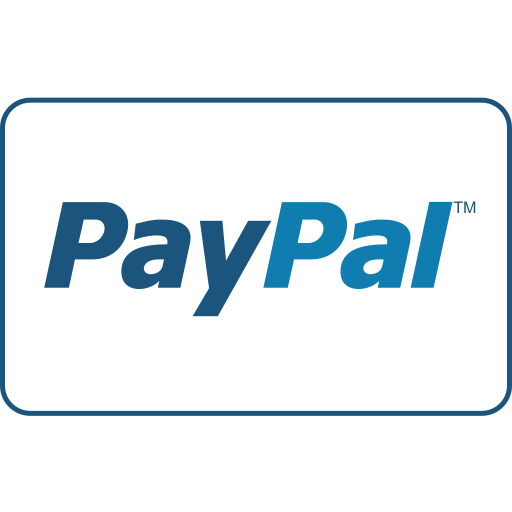
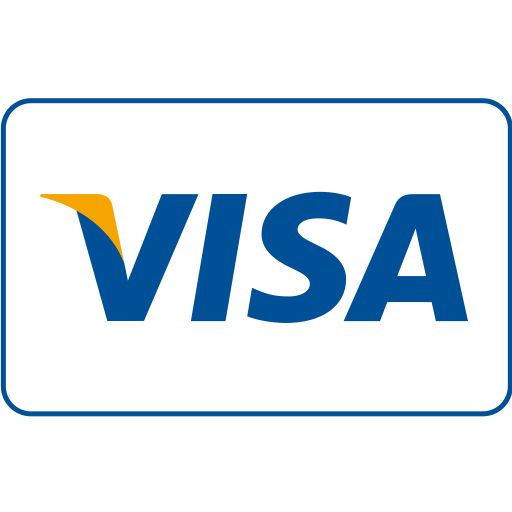
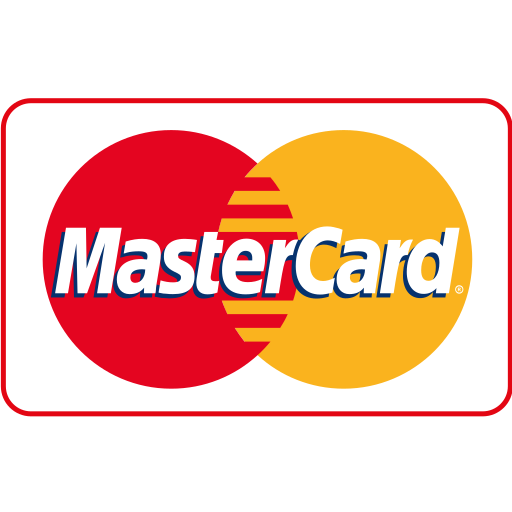

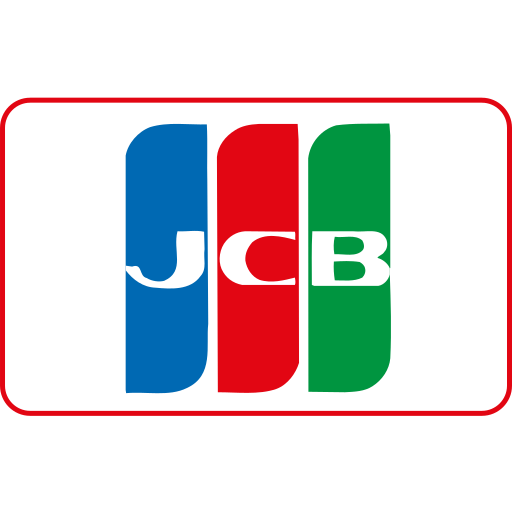
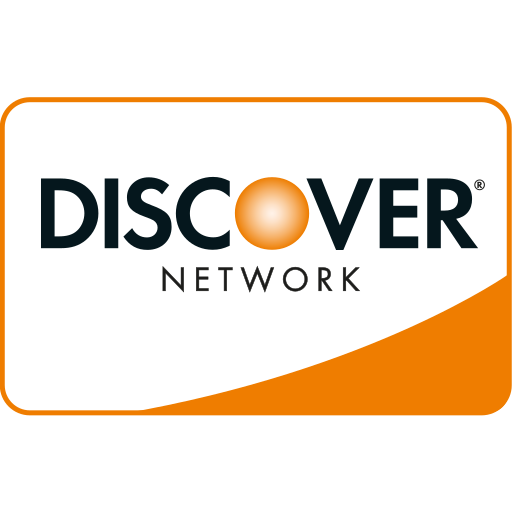

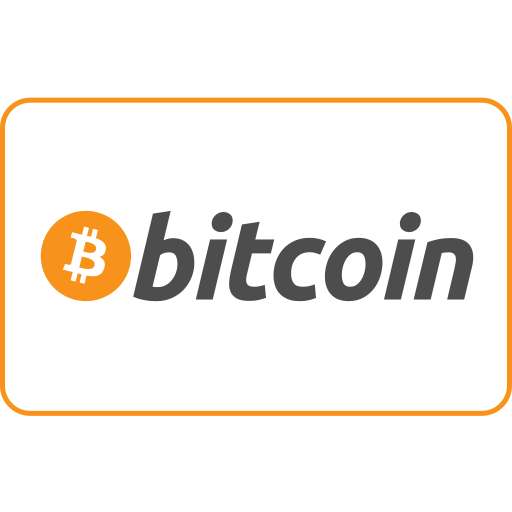
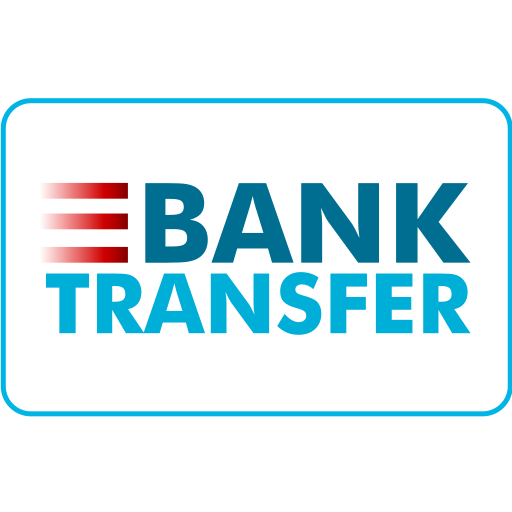
Maple Ranking offers the highest quality website traffic services in Canada. We provide a variety of traffic services for our clients, including website traffic, desktop traffic, mobile traffic, Google traffic, search traffic, eCommerce traffic, YouTube traffic, and TikTok traffic. Our website boasts a 100% customer satisfaction rate, so you can confidently purchase large amounts of SEO traffic online. For just 720 PHP per month, you can immediately increase website traffic, improve SEO performance, and boost sales!
Having trouble choosing a traffic package? Contact us, and our staff will assist you.
Free consultation